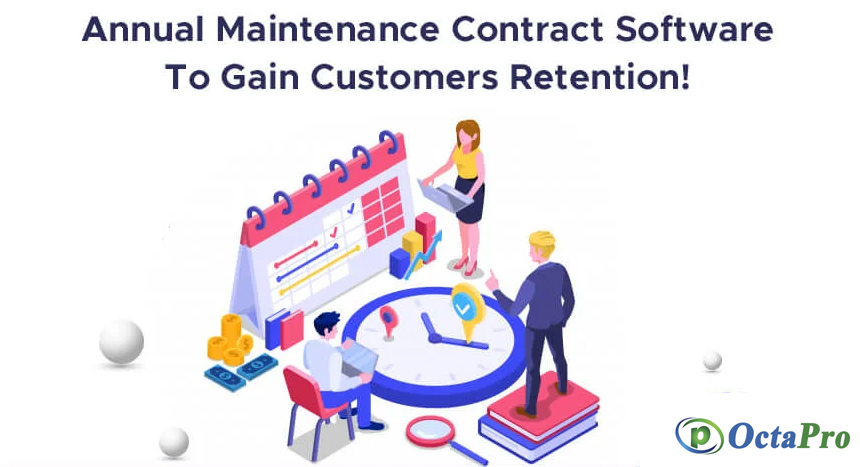1. Enhanced Customer Satisfaction:
After Sales Service Software plays a pivotal role in ensuring customer satisfaction. It enables businesses to provide prompt and efficient support, addressing customer inquiries, complaints, and service requests in a timely manner.
The result is happier and more loyal customers who feel valued and cared for, leading to increased trust and repeat business.
2. Efficient Case Management:
Managing a multitude of customer inquiries and service cases can be overwhelming without the right tools. After Sales Service Software streamlines case management, making it easier to handle and prioritize requests.
This efficiency means quicker issue resolution, reducing customer frustration and enhancing their experience.
3. Increased Service Efficiency:
Manual processes and disjointed workflows can hinder service efficiency. After Sales Service Software automates and optimizes these processes, allowing service teams to work more effectively.
Tasks like assignment of service requests, scheduling, and status tracking become seamless, reducing delays and improving overall service quality.
4. Enhanced Productivity:
Technicians are the backbone of after-sales service, and their productivity is crucial. The software equips technicians with the necessary tools and information to complete service tasks more efficiently.
It minimizes downtime, ensuring that technicians can resolve issues swiftly and move on to the next task.
5. Inventory Management:
After Sales Service Software helps businesses keep a close eye on spare parts and supplies inventory. This prevents stockouts and ensures that technicians always have the necessary resources at hand.
Efficient inventory management saves time and prevents service delays caused by missing parts.
6. Remote Diagnostics:
Remote troubleshooting is a game-changer in the after-sales service industry. With this software, businesses can diagnose and resolve issues remotely, reducing the need for costly on-site visits.
This not only saves time but also reduces travel expenses, making the service more cost-effective.
7. Data-Driven Insights:
Businesses can harness the power of data with After Sales Service Software. It generates reports and analytics that offer valuable insights into service performance and customer trends.
These insights can drive informed decision-making, allowing businesses to continually improve their service strategies.
8. Proactive Maintenance:
Preventive maintenance is key to avoiding costly breakdowns and repairs. After Sales Service Software helps schedule and manage preventive maintenance tasks.
This proactive approach ensures that equipment remains in optimal condition, reducing downtime and unexpected repair costs.
9. Compliance and Documentation:
Businesses need to adhere to industry regulations and maintain detailed records for compliance and auditing purposes. The software simplifies this task by ensuring all necessary documentation is readily available.
This helps businesses stay compliant and reduces the risk of non-compliance penalties.
10. Scalability and Integration:
– As businesses grow, their needs change. After Sales Service Software is scalable, adapting to growing demands without disruption.
– It also integrates seamlessly with other systems, enhancing overall efficiency and data sharing across the organization.





